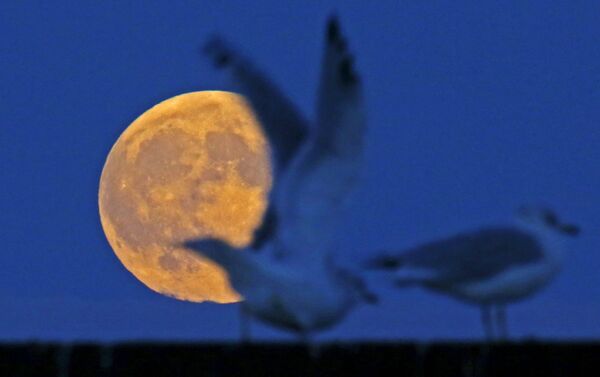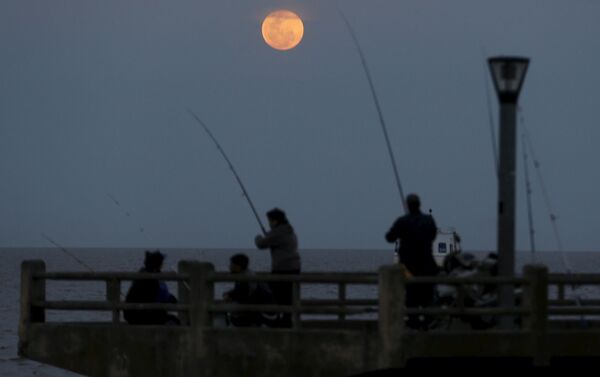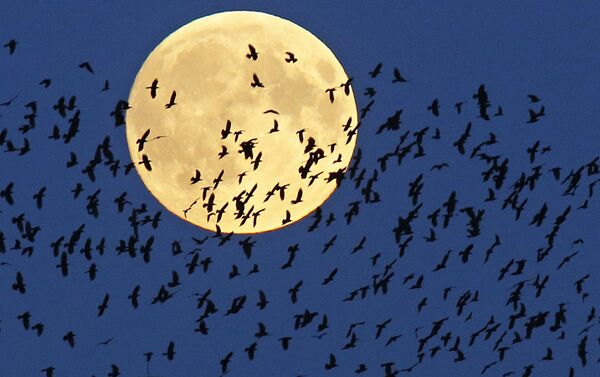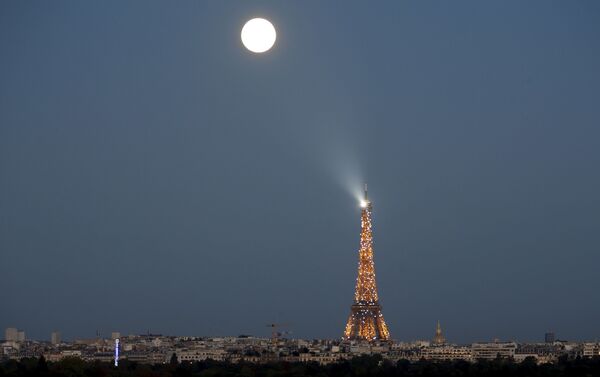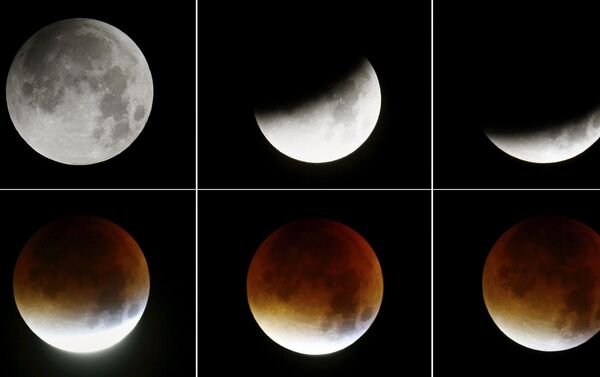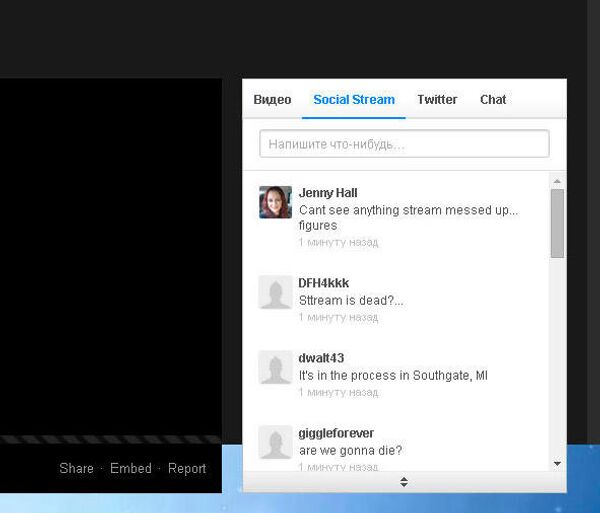Internet users hoping to tune into rolling coverage from NASA's Marshall Space Flight Center (MSFC) of the rare super blood moon astronomical phenomenon were left disappointed on Monday, when the agency's servers failed to broadcast it due to a technical problem.
I guess we broke our website. It's officially Monday.
— Sky & Telescope (@SkyandTelescope) September 28, 2015
If you're having any trouble watching the http://t.co/tlYcGVYfhm event, you can watch on @youtube. #SloohEclipse https://t.co/UrleUswq45
— SLOOH (@Slooh) September 28, 2015
Astronomy fans were able to compensate for the live stream shortfall by exchanging photographs of the super blood moon taken from all over the world.
It's such a miracle! An amazing eclipse and beautiful clouds from Russia. #askNASA @NASA_Marshall pic.twitter.com/N6IA4z6OeU
— Toma (@prosto_space) September 28, 2015
Super blood moons are rare, occurring when a total lunar eclipse coincides with a supermoon, the term for a new or full moon that closely coincides with its perigee, the closest point to Earth in its monthly orbit.
The resulting 'blood moon' appears larger, as it is closer to the Earth, and redder, because it is lit by light refracted through the Earth's atmosphere.
The phenomenon has happened only five times since 1900, and was last observed in 1982; it will not return until 2033.
NASA will be hoping that its next attempt at a live broadcast will go rather more smoothly; on Thursday the space agency called a major press conference at 11:30 am EDT, in order to announce a "Mars mystery solved," according to its press release
NASA Mars News: Tune in Monday for new findings from the Red Planet. http://t.co/s5VjbDuANk #JourneyToMars #askNASA pic.twitter.com/nw2DoyEewH
— NASA JPL (@NASAJPL) September 25, 2015
big hype surrounding NASA's Mars announcement today — i hope its more along the lines of aliens & not free flowing water.
— Gary C (@oohgaryc) September 28, 2015
The announcement is set to be broadcast live on NASA TV, amid fevered speculation about what the Martian discovery might be.
A collection of photographs taken of the 'super blood moon' from across the world.

